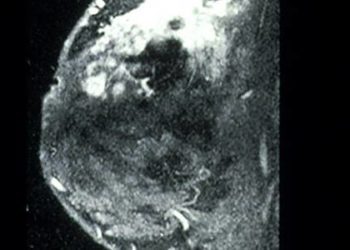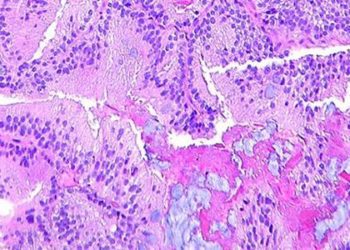Characterization of prognostic markers of residual neoplastic disease following hysterectomy
1. Prognostic markers of residual disease following a loop electrosurgical excision procedure for cervical intraepithelial neoplasia grade 3 include: positive high-risk HPV, positive margin of specimens, and type II or III transformation zone
2. The most indicative markers were HPV-18 positivity and type III transformation zone
Evidence Rating Level: 2 (Good)
Cervical intraepithelial neoplasia 3 (CIN3), associated with human papillomavirus (HPV) infection, is premalignant state of cervical cancer. Loop electrosurgical excision procedure (LEEP) is an office procedure that is used conization treatment of CIN2-3, allowing for deep excision of the transformation zone. There is however a risk of recurrent or residual lesions, even in those who have negative margins of LEEP specimens, with 29-57% of those who had subsequent hysterectomy showing residual disease. Currently, hysterectomy is not recommended to all women with positive margins after LEEP of CIN 3, and recurrent disease is still found in those with negative margins. Identifying factors that can predict residual lesions may help guide treatment, including clearer indications for hysterectomy. This retrospective study involved 421 patients who had histologically confirmed CIN 3, who then had LEEP and subsequent hysterectomy within 6 months. 44.18% of hysterectomy specimens showed residual disease. Predictive markers in the specimens included positive endocervical curettage (ECC), positive margins, high risk HPV infection and type II or III transformation zoon. HPV-18 positivity and type III transformation zone were most predictive (OR, 7.13; 95% CI, 3.49 to 14.56; p < 0.001 and OR, 6.37; 95% CI, 2.91 to 13.94; p < 0.001 respectively). Currently, hysterectomy is not recommended to all women with positive margins after LEEP of CIN 3, and recurrent disease is still found in those with negative margins. The retrospective design and limited population size are limitations to this study, as well as duration of HPV infection was not assessed. However, this study shows that certain markers such as positive high-risk HPV, positive margin of specimens, and type II or III transformation zone are reliable markers of residual disease. Future studies are needed to continue to guide treatment of CIN3 lesions to reduce rates of recurrent and residual disease.
Click to read the study in BMC Pregnancy and Childbirth
Image: PD
©2023 2 Minute Medicine, Inc. All rights reserved. No works may be reproduced without expressed written consent from 2 Minute Medicine, Inc. Inquire about licensing here. No article should be construed as medical advice and is not intended as such by the authors or by 2 Minute Medicine, Inc.








